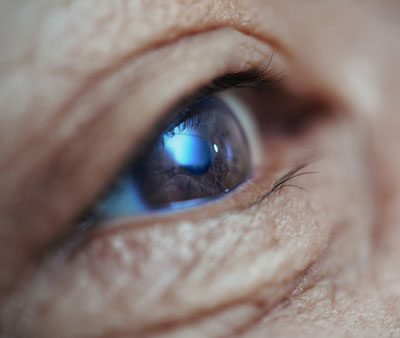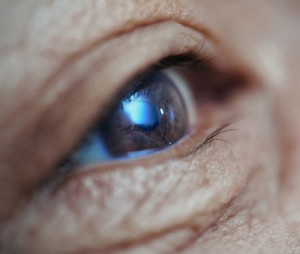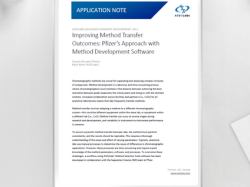Phase 2a clinical trial results for emixustat hydrochloride published
Posted: 4 June 2015 |
Results from a Phase 2a clinical trial of emixustat in geographic atrophy associated with dry age-related macular degeneration have been published…


Results from a Phase 2a clinical trial of Acucela’s emixustat hydrochloride (emixustat) in patients with geographic atrophy (GA) associated with dry age-related macular degeneration (AMD) have been published.


Emixustat, the first internally developed compound by Acucela, is orally dosed, targets the visual cycle, and is in development for the potential treatment of GA associated with dry AMD for which there is currently no US Food and Drug Administration (FDA)-approved therapy available.
Emixustat achieved dose-dependent pharmacologic activity in the retina
“We are pleased about the publication of the Phase 2a study data,” Pravin U. Dugel, MD, Clinical Professor, USC Eye Institute, Keck School of Medicine, University of Southern California, said. “The data…showed that emixustat achieved dose-dependent pharmacologic activity in the retina of patients with geographic atrophy.”
The study was designed to assess the safety, tolerability, and pharmacodynamics of emixustat in subjects diagnosed with GA. Seventy-two subjects were randomised to receive one of four emixustat doses (2, 5, 7, or 10 mg once daily) or placebo for a 90-day treatment period. Biologic activity of emixustat in the retina was measured by electroretinography (ERG). Safety evaluations included analysis of adverse events and ophthalmic examinations. The ERG data showed a dose-dependent pharmacologic effect of emixustat, consistent with the proposed mechanism of action. The authors noted that most systemic adverse events (AEs) observed in the clinical trial were not considered treatment related and that ocular AEs were mild to moderate in severity. The limitations of the study include its small sample size and the proportion of subjects who did not complete the entire 90-day dosing period.
The long-term safety and clinical effect of emixustat on disease progression is currently being evaluated in an ongoing Phase 2b/3 study.
The results are published in the June online edition of RETINA: The Journal of Retinal and Vitreous Diseases.









